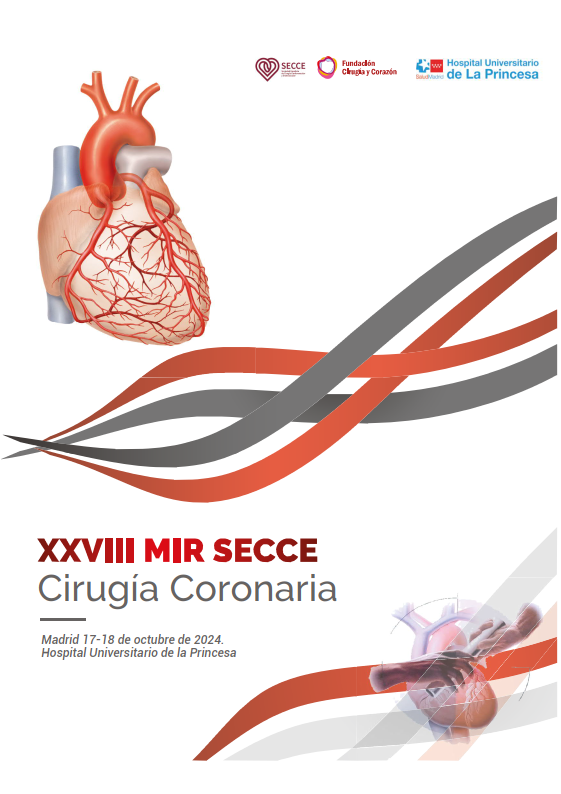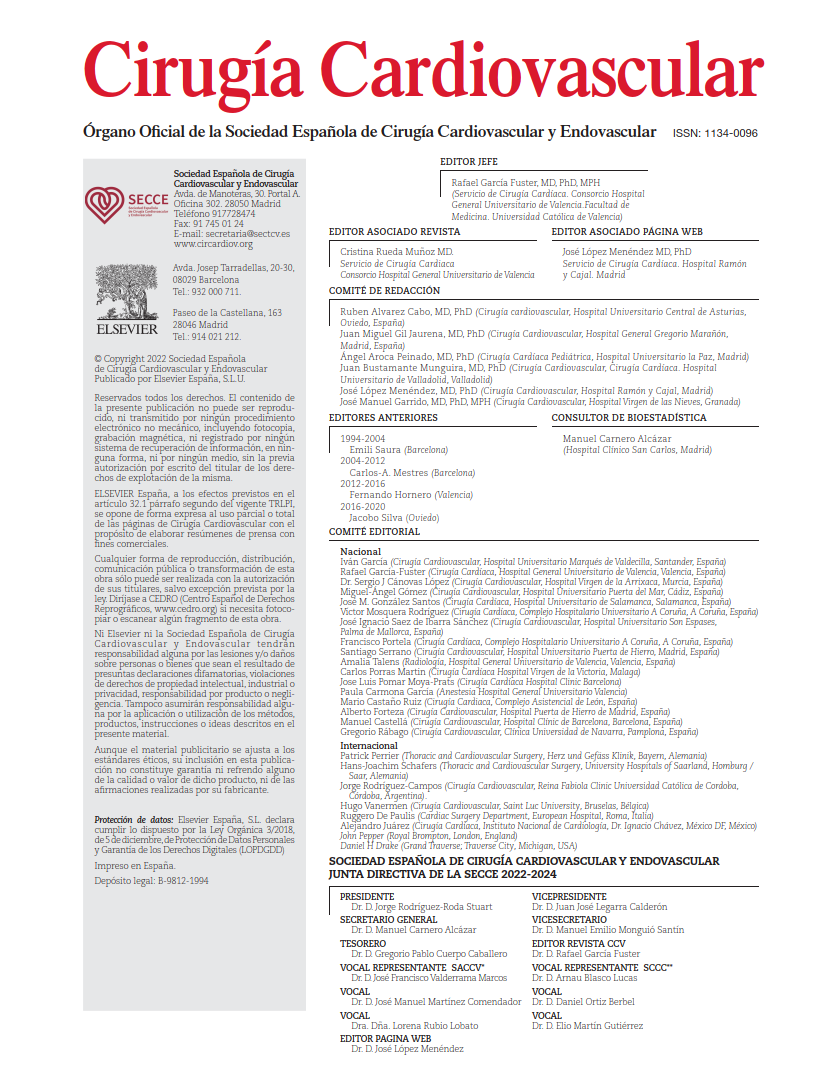Although both bicuspid and tricuspid aortic valves belong to the same anatomical structure, they represent substantially different scenarios when considering structural heart interventions such as transcatheter aortic valve implantation (TAVI). In fact, a device designed for three leaflets (as evidenced by the long-standing exclusion of bicuspid aortic valves from clinical trials) is not necessarily expected to perform similarly in an aortic root with significant anatomical differences.
As recognized in the study under discussion today and in line with another publication on this blog for this month, TAVI aims to expand its indications, attempting to encompass bicuspid aortic valves. However, this clinical scenario has been underrepresented in the literature, limiting the possibility of issuing specific recommendations. Moreover, extrapolating indications from tricuspid aortic valves does not seem appropriate as long as surgical risk remains acceptable. The increased eccentricity of the left ventricular outflow tract, the higher degree of calcification, its frequent association with dilation of the aortic root and ascending aorta, and the questionable outcomes of TAVI in patients under 65 years of age all make the bicuspid aortic valve setting non-comparable to the evidence and clinical practice guidelines primarily derived from tricuspid valve cases.
The article analyzed today presents the results of an international European and American research group that evaluated the outcomes of 100 Medtronic Evolut R® self-expanding prosthesis implants using multidetector CT angiography six months after implantation. Of these, 84 patients had aortic stenosis on a tricuspid aortic valve, while 16 had stenosis on a bicuspid valve. The analysis focused on assessing the degree of TAVI prosthesis expansion, using in vitro measurements as a reference for the optimal dimensions post-deployment, ensuring proper hemodynamic performance. To this end, six diameters of the prosthesis were measured at different levels of its characteristic cup shape. The consequences of suboptimal expansion, either underexpansion (paravalvular leakage) or overexpansion, sometimes leading to subclinical leaflet thrombosis (HALT – Hypo-Attenuated Leaflet Thickening), were also analyzed.
The study’s primary conclusion was clear: the bicuspid annulus exhibited significantly greater eccentricity. This resulted in markedly different expansion patterns, with a significantly higher incidence of paravalvular leakage and HALT (both supravalvular, valvular, and subvalvular) compared to tricuspid valves (81% vs. 36.9%; p = .031). Notably, despite the more irregular expansion, mean transprosthetic gradients (~7 ± 4 mmHg) remained similar. Regarding higher degrees of calcification, prostheses implanted in bicuspid valves demonstrated a higher rate of periprocedural adverse events, particularly neurological complications (HR = 3.72; p = .027).
The authors concluded that, despite similar hemodynamic behavior, the greater eccentricity and calcification of bicuspid aortic valves resulted in a performance of self-expanding TAVI prostheses with a higher rate of paravalvular leakage, HALT, and neurological events.
COMMENTARY:
As the saying goes, “sometimes, forcing things only makes them worse.” The same applies to clinical indications. Treating patients with bicuspid aortic valves with TAVI, when surgical risk remains acceptable, is currently an unjustified practice.
This is because, no matter how much effort is put into it, something that is inherently oval and rigid cannot properly conform to a prosthesis designed to round the aortic annulus. It is true that this study only analyzes one of the most commonly implanted self-expanding prostheses, which exerts less radial force than balloon-expandable devices. However, the use of balloon-expandable valves in this setting has been associated with a higher rate of complications such as annular rupture and new-onset atrioventricular/left bundle branch block.
Although the sample size is small for definitive conclusions, the findings reinforce the existing evidence: no current TAVI design has achieved equivalent results in bicuspid valves as seen in tricuspid ones. However, what is particularly striking is that, despite these results, the authors still assert that “TAVI is currently considered a solid alternative to conventional surgery (…) in young, low-surgical-risk patients with bicuspid aortic valves.” This perspective is not only concerning but raises the question of whether what is truly “solid” is their persistence—perhaps even more so than the calcification of the leaflets and annulus in aortic stenosis.
Ultimately, this study exemplifies a common theme in much of the TAVI-related literature. Even when adverse outcomes are reported, the narrative remains one of expanding indications. The fact that such arguments appear within the very study that documents these unfavorable results is remarkable. It is often said that “none are so deaf as those who will not hear, but sadly, when a solid “mill wheel turns, it turns forever.”
REFERENCE:
Moscarelli M, Venkatesh A, Berland K, Yeats B, Becker T, Zaccone G, et al. Post-implant transcatheter aortic prosthesis deformation: tricuspid versus bicuspid valve. Eur J Cardiothorac Surg. 2024 Dec 26;67(1):ezae451. doi: 10.1093/ejcts/ezae451.



